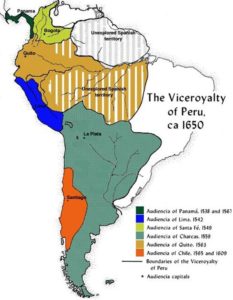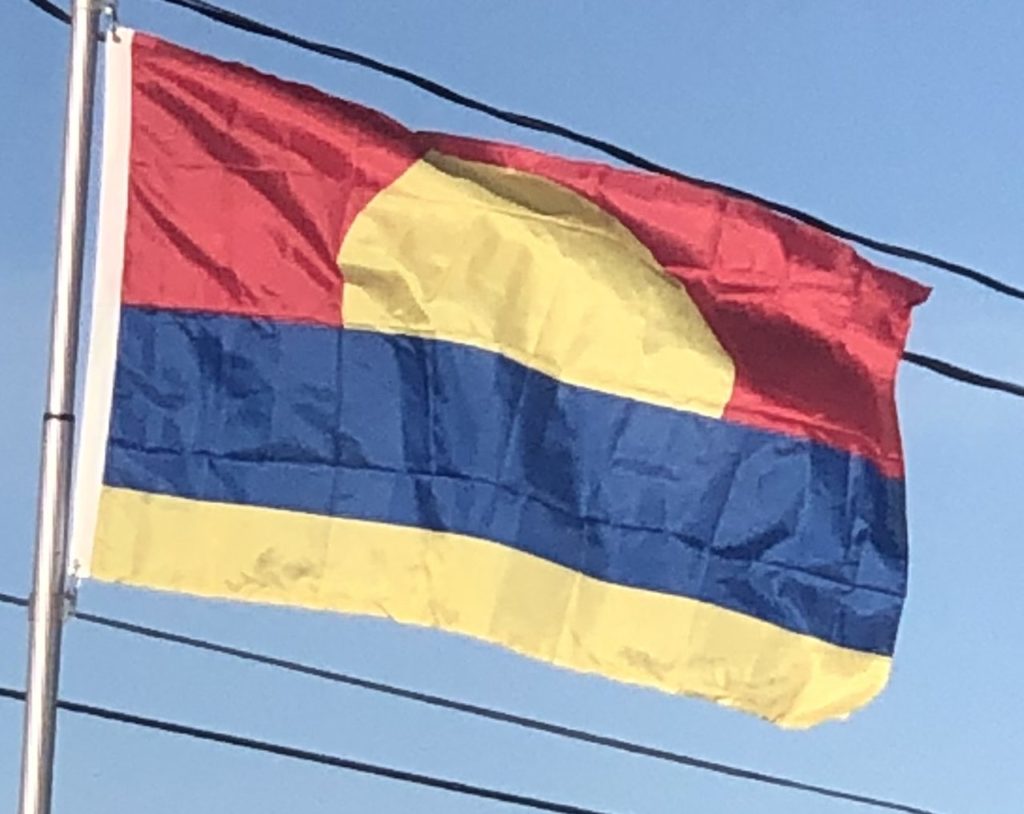According to a survivor, Seaman James Hines, the Esperanza was caught in a storm which dis-masted and damaged the ship. Thus crippled, it was attacked and boarded by pirates, who loaded the treasure and surviving crew onto their own ship. The Esperanza sank, and they sailed west across the Pacific bound for Macao.
After 43 days, the pirates’ ship met a storm, lost course, and struck hard the coral reef surrounding Palmyra Island, breaking the mast. The ninety men aboard were able to pull the ship in closer to land but it was not serviceable. They offloaded the treasure to the island, distributed some, and buried the rest. They repaired part of their boat and most of the crew shipped away. They were not heard from again. The remaining ten men spent most of a year on Palmyra living off of dwindling stores and local food. They spent three months building a small escape boat, and six men left Palmyra on the boat. Of these, four were washed overboard in a storm and the other two were rescued by an American whaler bound for San Francisco. One died en-route, and the survivor, James Hines, was put in a hospital; 30 days later he died.

Before he died, he wrote letters describing the affair and the location of the treasure, which originally included 1.5 million Spanish pesos of gold and an equal value in silver. In around 1903, over 95 years later, the letters were allegedly deposited for safekeeping with Capt. William R. Foster, the harbormaster of Honolulu, by a sailor who was bound for the Solomon Islands but never returned. After holding the letters for 20 years in an iron chest, Capt. Foster revealed them to a reporter who published the details. Palmyra landowner Henry E. Cooper was reported to have researched the matter. A conflicting variant of the story was published by Capt. F. D. Walker of Honolulu in 1903 and in 1914. In 1997, William A. Warren filed a federal salvage claim for a ship sunk off the atoll which he claimed had treasure from the Esperanza, but he abandoned his claim after legal objection from the Fullard-Leos, who owned most of Palmyra.
The legend of the Esperanza and Santa Rosa, a ship rumored to have recovered the Esperanza treasure and sailed back to Honolulu, inspired a story written by Jack London, called “The Proud Goat of Aloysius Pankburn“, which was published as part of London’s David Grief stories in the Saturday Evening Post.
The Esperanza treasure figures in a 2010 work of fiction, Palmyra – Isle of Death by Karl Boyd.
American Visits:
The atoll was visited by the USS Porpoise in 1842 as part of the United States Exploring Expedition, with the expedition’s leader Charles Wilkes on board. This marked the first visit to Palmyra of a scientific expedition, and various live samples were collected of the native plants and animals. In his 23rd volume recording the findings of the USXX, Wilkes wrote of Palmyra:
